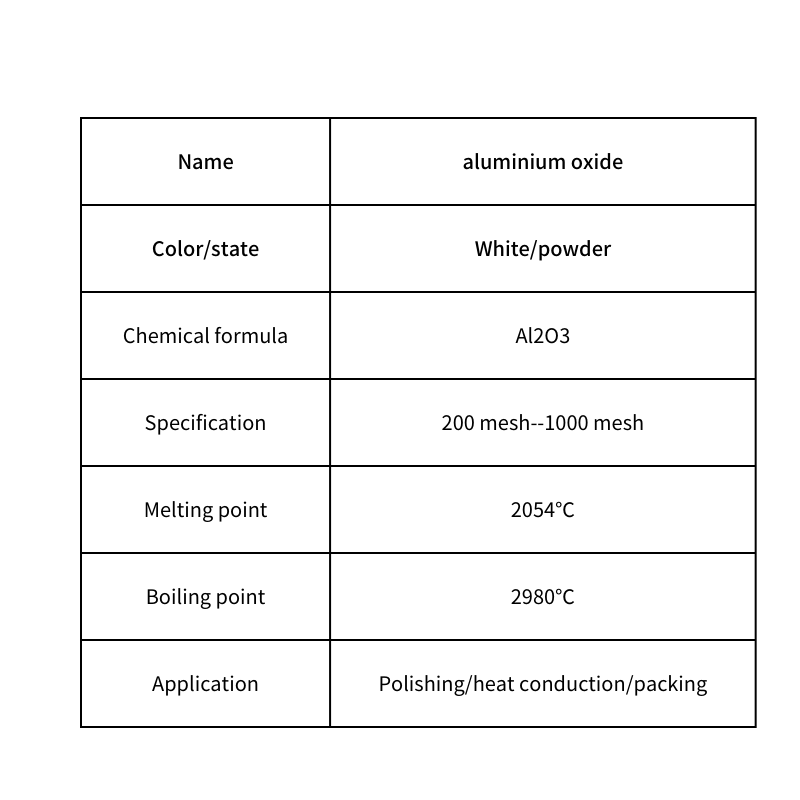
adding fly ash to concrete manufacturers
Enhancing Concrete Durability The Role of Fly Ash in Concrete Manufacturing
In recent years, the construction industry has increasingly focused on improving the durability, strength, and sustainability of concrete. One of the most effective methods to achieve these objectives is the incorporation of fly ash in concrete mixtures. Fly ash, a byproduct of burning pulverized coal in electric power plants, has emerged as a reliable supplementary cementitious material (SCM) that can significantly enhance the properties of concrete.
Adding fly ash to concrete offers several benefits that appeal to manufacturers and construction professionals alike. Firstly, fly ash improves the workability of the concrete mix. Its fine particle size and spherical shape allow for better flowability, making it easier to handle and pour during the mixing process. This improved workability can lead to more uniform placements and reduced labor costs on construction sites.
Moreover, the chemical composition of fly ash contributes to enhanced durability in concrete structures. When fly ash is added, it reacts with the calcium hydroxide produced during the hydration of cement, leading to the formation of additional calcium silicate hydrate (C-S-H). This reaction not only helps to strengthen the overall structure of the concrete but also reduces permeability. Less permeability means that water and harmful substances, such as chlorides and sulfates, cannot penetrate easily into the concrete, minimizing the risk of corrosion in reinforcing steel and extending the lifespan of concrete structures.
adding fly ash to concrete manufacturers

Fly ash also contributes to the sustainability of concrete production. As an industrial byproduct, it is an eco-friendly alternative to traditional cement materials. By substituting a portion of the cement content with fly ash, manufacturers can reduce their carbon footprint significantly. The cement industry is responsible for a considerable amount of carbon dioxide emissions, so using fly ash helps in mitigating climate change and promoting sustainable building practices.
Incorporating fly ash into concrete mixes can also lead to cost savings for manufacturers. Fly ash is typically less expensive than cement, and its use can decrease the overall material costs of concrete production. Additionally, reduced water demand in fly ash-containing mixes further leads to savings on water resources and associated costs in the mixing process.
However, it is essential for manufacturers to consider the quality and characteristics of the fly ash being used. The properties of fly ash can vary depending on the source and type of coal burned, which can affect the performance of the concrete. It is crucial to conduct thorough testing and quality assurance to ensure that the fly ash meets industry standards and performs as expected in concrete applications.
In conclusion, adding fly ash to concrete mixes presents an array of benefits for manufacturers. Its ability to enhance workability, durability, and sustainability makes it an invaluable component in modern concrete production. By prioritizing the use of fly ash, the construction industry can move towards more cost-effective and environmentally friendly practices, ultimately leading to a more sustainable future in infrastructure development.
Share
-
Fly Ash Solutions Enhanced by GPT-4 Turbo | Sustainable InnovationNewsAug.01,2025
-
Natural Premium Bentonite Cat Litter - Superior ClumpingNewsJul.31,2025
-
Premium Resin Coated Sand - High Heat Resistance CastingNewsJul.31,2025
-
High Quality Silicon Carbide Grit for Abrasive ApplicationsNewsJul.30,2025
-
High-Quality Ceramsite for Plants & Gardening | Lightweight PebblesNewsJul.29,2025
-
Premium Burgundy Glass Marbles for Vases & Shooter GamesNewsJul.29,2025






